The HackTool:Win32/Gendows Virus
HackTool:Win32/Gendows is a fake crack or patch and is likely connected to a type of Trojan malware that sneaks into your system and causes major security issues. It can slow down your PC, collect sensitive data, and even delete important files. This threat doesn’t stop there—it brings in more malware, updates itself, and hides deep inside Windows so it’s harder to detect.
If you want to learn more about the HackTool:Win32/Gendows infection and how to remove it, read on.
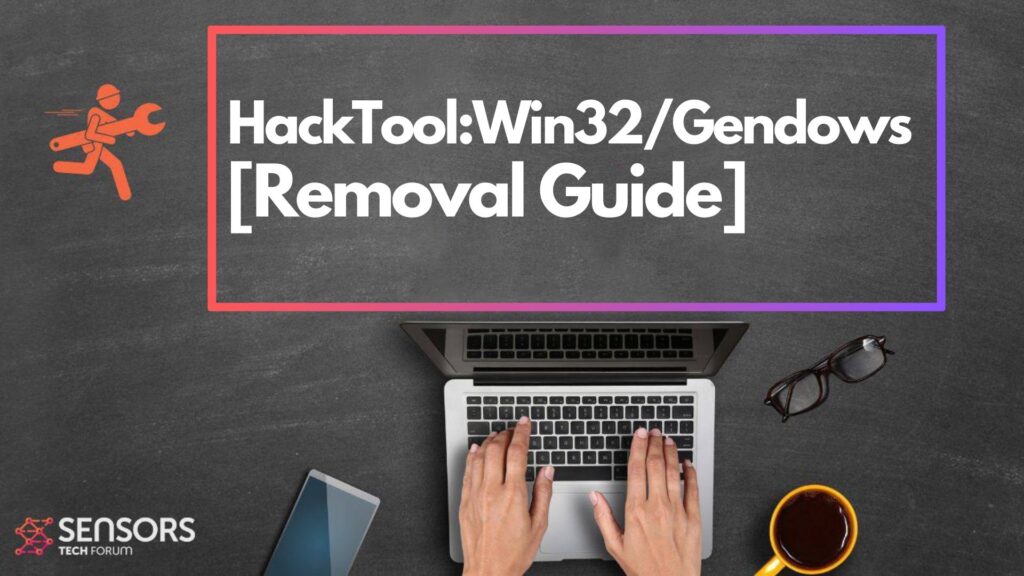
HackTool:Win32/Gendows Summary
| Type | Trojan Horse / Fake hacktool |
| Removal Time | Around 15 minutes. |
| Removal Tool |
See If Your Mac Has Been Affected by HackTool:Win32/Gendows
Download
Malware Removal Tool
|
What Is It?
This Trojan usually gets onto systems through various sneaky methods. It often spreads via cloud-sharing links like Google Drive, Dropbox, or similar platforms, often sent in the form of an email or chat file. These files pretend to be:
- Receipts or order confirmations.
- Itineraries or travel bookings.
- Business documents.
- Unknown purchase receipts.
It also spreads through sketchy downloads from less secure sources, especially files that seem useful but are unsafe, such as:
- Keygens and activation tools.
- Cracked installers for software or games.
- License bypass files or patches.
- Driver packs or modified utilities.
What Does It Do?
Once this malware is active, it often runs silently in the background. It hides as a system file in Task Manager—sometimes under names like svchost.exe—or injects itself into normal programs. Here’s what it can do:
- Access your webcam or mic without your permission.
- Damage your operating system files.
- Steal login credentials and personal data.
- Erase important files on your drive.
- Drop other types of malware.
- Self-update to avoid being detected or removed.
Remove HackTool:Win32/Gendows Trojan from Your Device
To clean your computer of the HackTool:Win32/Gendows Trojan, it’s best to use a trusted anti-malware program. Run a complete scan to catch hidden files and remove them safely. This kind of software helps guard against future infections and keeps your system protected.
Preparation before removing HackTool:Win32/Gendows.
Before starting the actual removal process, we recommend that you do the following preparation steps.
- Make sure you have these instructions always open and in front of your eyes.
- Do a backup of all of your files, even if they could be damaged. You should back up your data with a cloud backup solution and insure your files against any type of loss, even from the most severe threats.
- Be patient as this could take a while.
- Scan for Malware
- Fix Registries
- Remove Virus Files
Step 1: Scan for HackTool:Win32/Gendows with SpyHunter Anti-Malware Tool
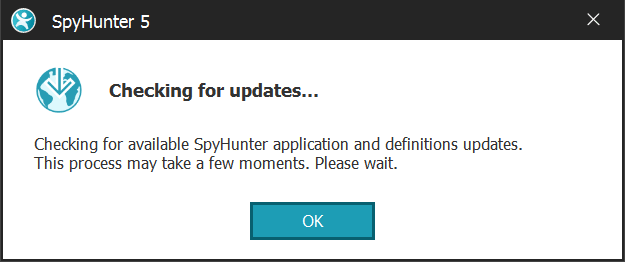
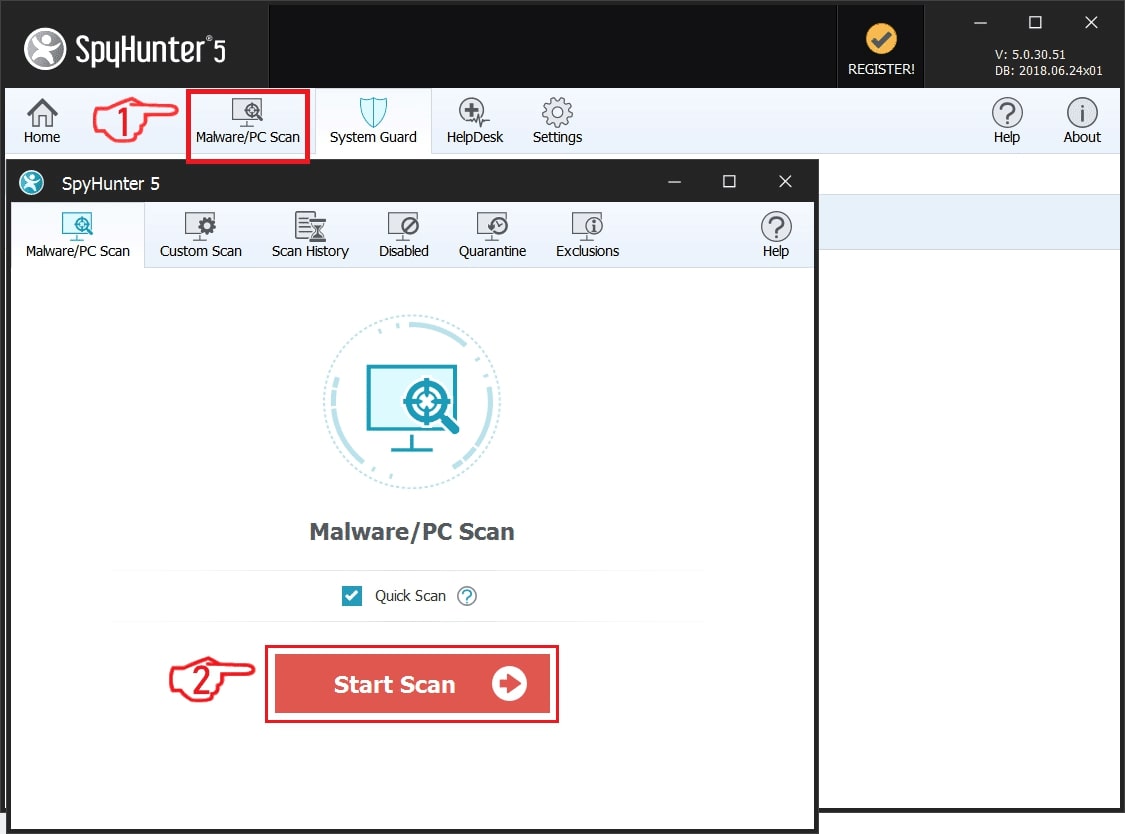
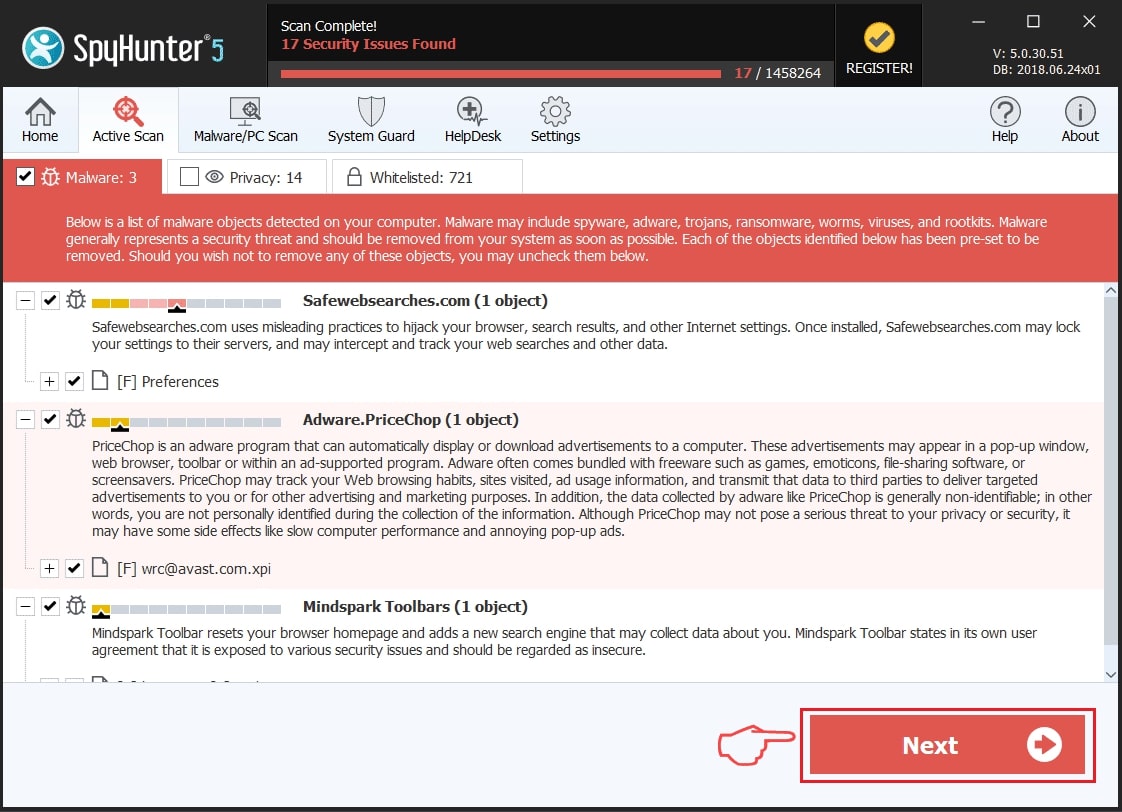
Step 2: Clean any registries, created by HackTool:Win32/Gendows on your computer.
The usually targeted registries of Windows machines are the following:
- HKEY_LOCAL_MACHINE\Software\Microsoft\Windows\CurrentVersion\Run
- HKEY_CURRENT_USER\Software\Microsoft\Windows\CurrentVersion\Run
- HKEY_LOCAL_MACHINE\Software\Microsoft\Windows\CurrentVersion\RunOnce
- HKEY_CURRENT_USER\Software\Microsoft\Windows\CurrentVersion\RunOnce
You can access them by opening the Windows registry editor and deleting any values, created by HackTool:Win32/Gendows there. This can happen by following the steps underneath:
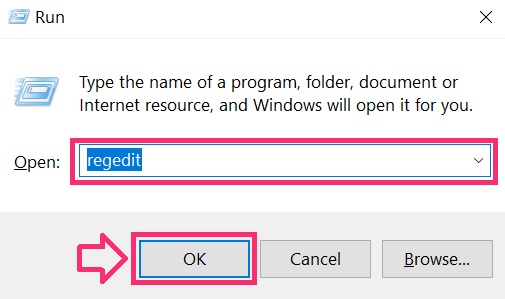

 Tip: To find a virus-created value, you can right-click on it and click "Modify" to see which file it is set to run. If this is the virus file location, remove the value.
Tip: To find a virus-created value, you can right-click on it and click "Modify" to see which file it is set to run. If this is the virus file location, remove the value.Step 3: Find virus files created by HackTool:Win32/Gendows on your PC.
1.For Windows 8, 8.1 and 10.
For Newer Windows Operating Systems
1: On your keyboard press + R and write explorer.exe in the Run text box and then click on the Ok button.

2: Click on your PC from the quick access bar. This is usually an icon with a monitor and its name is either “My Computer”, “My PC” or “This PC” or whatever you have named it.

3: Navigate to the search box in the top-right of your PC's screen and type “fileextension:” and after which type the file extension. If you are looking for malicious executables, an example may be "fileextension:exe". After doing that, leave a space and type the file name you believe the malware has created. Here is how it may appear if your file has been found:
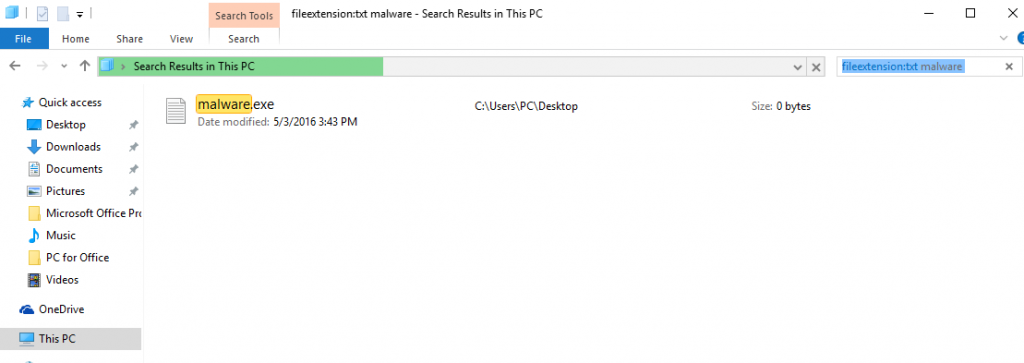
N.B. We recommend to wait for the green loading bar in the navigation box to fill up in case the PC is looking for the file and hasn't found it yet.
2.For Windows XP, Vista, and 7.
For Older Windows Operating Systems
In older Windows OS's the conventional approach should be the effective one:
1: Click on the Start Menu icon (usually on your bottom-left) and then choose the Search preference.
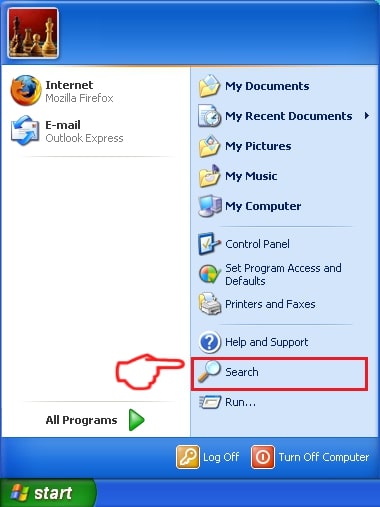
2: After the search window appears, choose More Advanced Options from the search assistant box. Another way is by clicking on All Files and Folders.
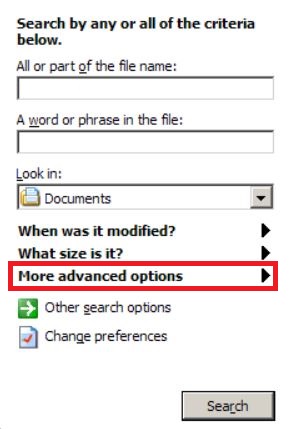
3: After that type the name of the file you are looking for and click on the Search button. This might take some time after which results will appear. If you have found the malicious file, you may copy or open its location by right-clicking on it.
Now you should be able to discover any file on Windows as long as it is on your hard drive and is not concealed via special software.
HackTool:Win32/Gendows FAQ
What Does HackTool:Win32/Gendows Trojan Do?
The HackTool:Win32/Gendows Trojan is a malicious computer program designed to disrupt, damage, or gain unauthorized access to a computer system. It can be used to steal sensitive data, gain control over a system, or launch other malicious activities.
Can Trojans Steal Passwords?
Yes, Trojans, like HackTool:Win32/Gendows, can steal passwords. These malicious programs are designed to gain access to a user's computer, spy on victims and steal sensitive information such as banking details and passwords.
Can HackTool:Win32/Gendows Trojan Hide Itself?
Yes, it can. A Trojan can use various techniques to mask itself, including rootkits, encryption, and obfuscation, to hide from security scanners and evade detection.
Can a Trojan be Removed by Factory Reset?
Yes, a Trojan can be removed by factory resetting your device. This is because it will restore the device to its original state, eliminating any malicious software that may have been installed. Bear in mind that there are more sophisticated Trojans that leave backdoors and reinfect even after a factory reset.
Can HackTool:Win32/Gendows Trojan Infect WiFi?
Yes, it is possible for a Trojan to infect WiFi networks. When a user connects to the infected network, the Trojan can spread to other connected devices and can access sensitive information on the network.
Can Trojans Be Deleted?
Yes, Trojans can be deleted. This is typically done by running a powerful anti-virus or anti-malware program that is designed to detect and remove malicious files. In some cases, manual deletion of the Trojan may also be necessary.
Can Trojans Steal Files?
Yes, Trojans can steal files if they are installed on a computer. This is done by allowing the malware author or user to gain access to the computer and then steal the files stored on it.
Which Anti-Malware Can Remove Trojans?
Anti-malware programs such as SpyHunter are capable of scanning for and removing Trojans from your computer. It is important to keep your anti-malware up to date and regularly scan your system for any malicious software.
Can Trojans Infect USB?
Yes, Trojans can infect USB devices. USB Trojans typically spread through malicious files downloaded from the internet or shared via email, allowing the hacker to gain access to a user's confidential data.
About the HackTool:Win32/Gendows Research
The content we publish on SensorsTechForum.com, this HackTool:Win32/Gendows how-to removal guide included, is the outcome of extensive research, hard work and our team’s devotion to help you remove the specific trojan problem.
How did we conduct the research on HackTool:Win32/Gendows?
Please note that our research is based on an independent investigation. We are in contact with independent security researchers, thanks to which we receive daily updates on the latest malware definitions, including the various types of trojans (backdoor, downloader, infostealer, ransom, etc.)
Furthermore, the research behind the HackTool:Win32/Gendows threat is backed with VirusTotal.
To better understand the threat posed by trojans, please refer to the following articles which provide knowledgeable details.


